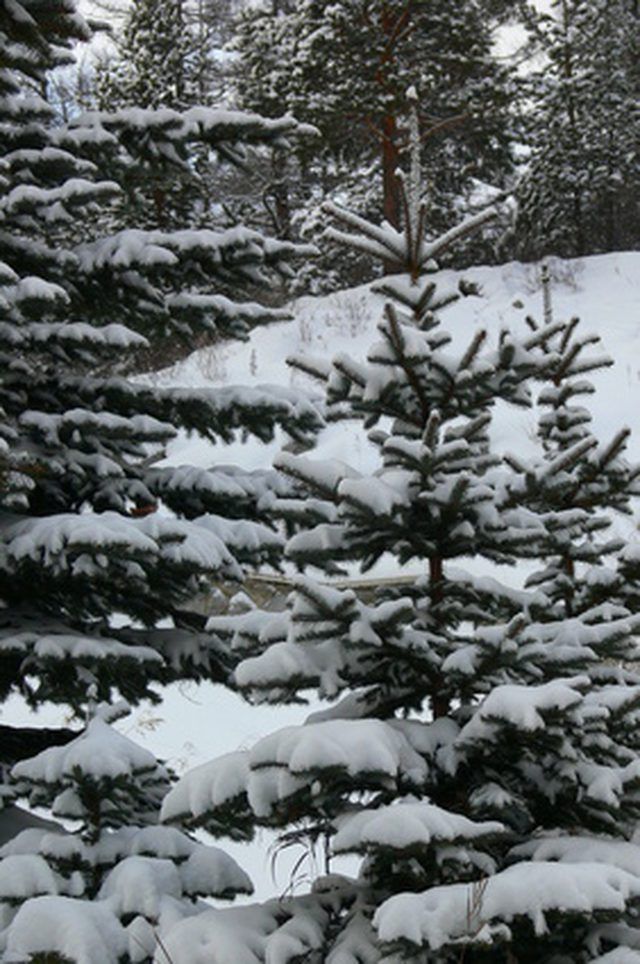Bulbs
Flower Basics
Flower Beds & Specialty Gardens
Flower Garden
Garden Furniture
Garden Gnomes
Garden Seeds
Garden Sheds
Garden Statues
Garden Tools & Supplies
Gardening Basics
Green & Organic
Groundcovers & Vines
Growing Annuals
Growing Basil
Growing Beans
Growing Berries
Growing Blueberries
Growing Cactus
Growing Corn
Growing Cotton
Growing Edibles
Growing Flowers
Growing Garlic
Growing Grapes
Growing Grass
Growing Herbs
Growing Jasmine
Growing Mint
Growing Mushrooms
Orchids
Growing Peanuts
Growing Perennials
Growing Plants
Growing Rosemary
Growing Roses
Growing Strawberries
Growing Sunflowers
Growing Thyme
Growing Tomatoes
Growing Tulips
Growing Vegetables
Herb Basics
Herb Garden
Indoor Growing
Landscaping Basics
Landscaping Patios
Landscaping Plants
Landscaping Shrubs
Landscaping Trees
Landscaping Walks & Pathways
Lawn Basics
Lawn Maintenance
Lawn Mowers
Lawn Ornaments
Lawn Planting
Lawn Tools
Outdoor Growing
Overall Landscape Planning
Pests, Weeds & Problems
Plant Basics
Rock Garden
Rose Garden
Shrubs
Soil
Specialty Gardens
Trees
Vegetable Garden
Yard Maintenance
Information on Spruce Trees
Information on Spruce Trees. Spruce trees, mostly known to the world as Christmas trees, are hardy evergreen trees that are found all over the Northern Hemisphere. They are widely known and popular trees, a perennial favorite of many people, including the many states that have named some type of spruce trees as their state tree.

Spruce trees, mostly known to the world as Christmas trees, are hardy evergreen trees that are found all over the Northern Hemisphere. They are widely known and popular trees, a perennial favorite of many people, including the many states that have named some type of spruce trees as their state tree.
Identification
Spruce trees are coniferous evergreen trees, meaning they are cone bearing and have leaves all all year long. All have green leaves, usually called needles, that extend from their branches. Blue spruces, however, are prized for their distinctive silver blue color, which is due to a powdery waxy bloom on their needles. The cones of spruce trees are round with toothed scales. The trees are cone-shaped and can reach heights of up to 200 feet tall.
Types
There are many species of spruce trees, but the most widely known and popular spruces are the blue spruce or Colorado blue spruce, white spruce or Black Hills spruce (found only in the Black Hills of South Dakota) and the Norway spruce. Typically, spruce trees are named for the location to which they are native, or for their coloring.
Geography
There are many types of spruce trees located throughout the world, mostly in the mountainous regions of the Northern Hemisphere. Sitka spruce trees are found in Alaska, British Columbia, the Pacific Northwest and California. The Colorado blue spruce is native to Colorado, but they are cultivated elsewhere; the Norway spruce is found in Norway. Various types of spruces can be found in most of the United States, in growing zones 2 through 8, excluding Florida, Texas and some parts of California.
Habitat
Spruce trees prefer cool climates and do not perform well in the heat and humidity of the deep South. They grow well in well-drained, acidic and medium moisture soils. They prefer full sun and need to be kept moist, particularly when they are first planted.
Uses
Spruce trees are commonly used by consumers in landscaping and as Christmas trees.
Diseases and Pests
Spruce trees are very resistant to disease and pests, but they may be susceptible to needle cast, canker and rust. Spruce gall aphids, scale, budworms, bagworms and spider mites have been at times known to attack spruce trees.